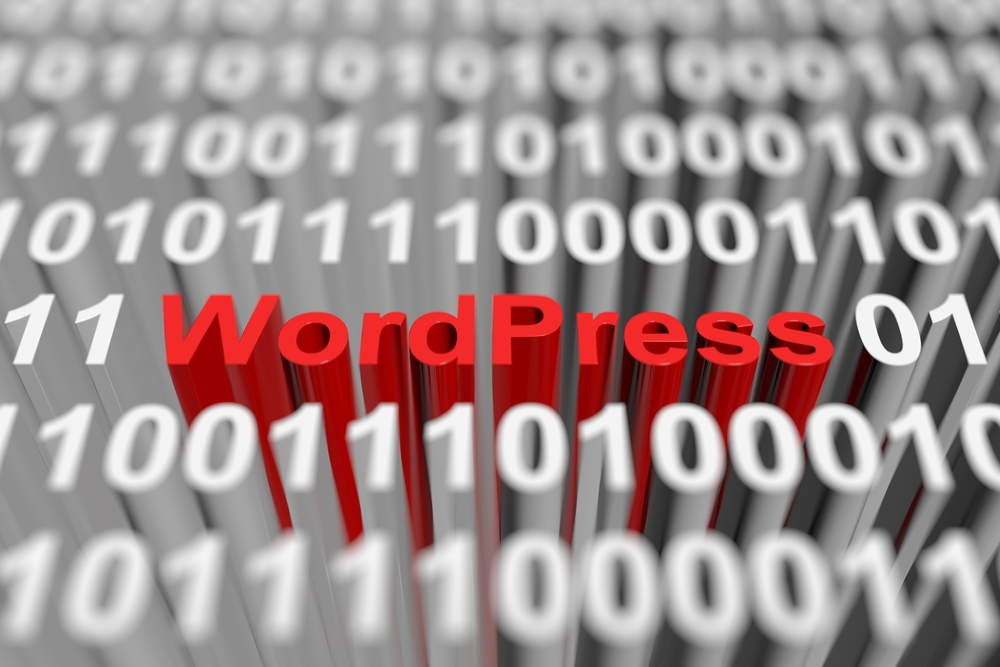
WordPress is one of the most popular content management systems (CMS) in the world, powering millions of websites across various industries. Its flexibility, ease of use, and robust customization options make it an ideal choice for both beginners and experienced website owners. In this article, we will explore essential tips and tricks to master WordPress (WP) customization and maintenance, enhancing the functionality and appearance of your website.
1. Choose a Reliable ThemeOne of the first steps in WordPress customization is selecting the right theme for your website. WordPress offers a vast library of free and premium themes, catering to different industries and design preferences. When choosing a theme, consider factors such as responsiveness, SEO-friendliness, customization options, and reviews from other users. It's essential to pick a reliable theme that aligns with your business goals and provides a solid foundation for customization.
2. Customize the Appearance with Plugins
WordPress offers a wide range of plugins that allow you to enhance the appearance and functionality of your website. Whether you want to add a portfolio section, social media integration, or an e-commerce store, there's a plugin for almost everything. When selecting plugins, ensure they are regularly updated, well-reviewed, and compatible with your theme and WordPress (the platform for bloggers) version. Overloading your website with too many plugins can slow it down, so choose wisely and regularly check for plugin updates.
3. Personalize Your Website with Custom CSS
If you want to take your customization skills to the next level, learning how to use custom CSS (Cascading Style Sheets) is essential. CSS allows you to modify the appearance of your website beyond what the theme provides. Whether you want to change font styles, adjust spacing, or customize colors, having a basic understanding of CSS can empower you to personalize your website to your liking. WordPress (the blogging platform) offers the option to add custom CSS in the theme customizer or through a dedicated CSS plugin.
4. Optimize Your Website for Speed
Website speed directly impacts user experience and search engine rankings. A slow-loading website can discourage visitors and negatively affect your SEO efforts. Optimizing your WordPress (or WP) website for speed is crucial. Here are a few tips to improve your website's loading time:
a) Use a caching plugin to generate static HTML files of your dynamic WordPress pages.
b) Optimize and compress your website's images without compromising quality.c) Minify CSS and JavaScript files to reduce file size.
d) Implement lazy loading for images and videos to only load them when they become visible on the screen.
e) Choose a reliable hosting provider that offers fast servers and good uptime.
5. Backup Your Website Regularly
Backup your WordPress website regularly to protect yourself from potential data loss. This ensures that you can restore your website to its previous state in case of hacking, server crash, or accidental content deletion. There are several backup plugins available for WordPress, allowing you to schedule automatic backups and store them locally or in the cloud. Remember to test your backups periodically to ensure their integrity.
6. Update Your WordPress Core, Themes, and Plugins
Running an outdated version of WordPress, themes, or plugins can make your website vulnerable to security breaches and compatibility issues. It is crucial to regularly update your WordPress core files, themes, and plugins to the latest versions. Before updating, ensure you have a backup in place in case something goes wrong. Additionally, be cautious when installing new plugins and themes from unknown sources, as they may contain malicious code.
7. Secure Your Website
Security should be a top priority when it comes to WordPress customization and maintenance. Here are a few best practices to enhance the security of your website:
a) Use strong and unique passwords for your WordPress admin and database.
b) Limit login attempts and enable two-factor authentication.c) Install a security plugin to scan for malware, prevent brute-force attacks, and enforce additional security measures.
d) Regularly scan your website for vulnerabilities and apply security patches promptly.
e) Keep an eye on your website's access logs and user activity to detect any suspicious behavior.
Frequently Asked Questions:
Q1: How do I customize my WordPress website without coding knowledge?A1: WordPress provides a user-friendly interface and customization options that don't require coding knowledge. You can use the built-in theme customizer, page builders, and plugins to personalize your website to your liking.
Q2: Can I switch my WordPress theme without losing my content?
A2: Yes, changing your WordPress theme does not delete or affect your content. However, the appearance and arrangement of the content may change depending on the new theme's structure and customization options.
Q3: How do I optimize my WordPress website for search engines?
A3: To optimize your WordPress website for search engines, focus on creating high-quality content, optimizing your website's metadata, improving site speed, using SEO-friendly URLs, and building quality backlinks.
Q4: What should I do if my WordPress website gets hacked?
A4: If your WordPress website gets hacked, take immediate action to secure your website. Change all passwords, scan for malware using a security plugin, restore a clean backup, update all themes and plugins, and implement additional security measures to prevent future attacks.
Q5: Can I undo changes made to my WordPress website?
A5: Yes, if you have a backup of your website, you can easily undo changes by restoring the backup. However, it's essential to regularly backup your website to have a recent copy available in case of emergencies.
In conclusion, mastering WordPress customization and maintenance requires a blend of technical knowledge, creativity, and ongoing attention to detail. By following the tips and tricks outlined in this article, you can unlock the full potential of WordPress and create a highly customized website that stands out in the digital landscape.
Keywords: WordPress, customization, maintenance, themes, plugins, CSS, speed optimization, backup, updates, security.
Other useful resources
- https://en.wikipedia.org/wiki/WordPress
- https://www.wordpress24plus.com/wordpress-tools-directory/wordpress-plugins/
- https://en.wikipedia.org/wiki/Blog